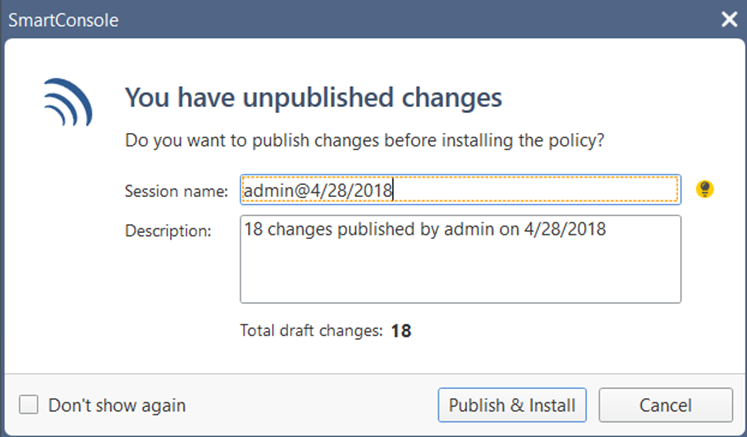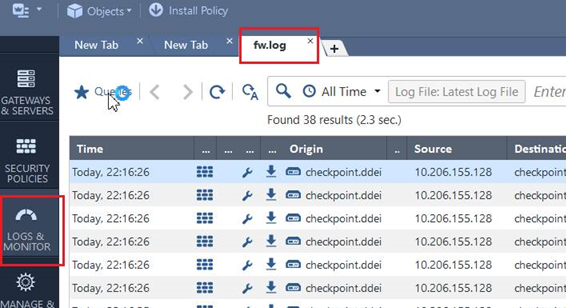|
|
|
NoteEnsure that your network configuration allows Deep Discovery Inspector to
connect to the Check Point appliance.
Deep Discovery Inspector may connect to the Check Point appliance through
the secured connection port or clear connection port that is configured
on the Check Point appliance. Deep Discovery Inspector also
pulls the certificate from the Check Point appliance through port
18210.
|
NoteThe server address must be the IPv4 address or FQDN of
the inline product.
|
NoteThis port must be the same port that is configured on
the security gateway. For details, see Preconfiguring a Security Gateway.
|
NoteIf the one-time password is reset on the Check Point
appliance, the new one-time password must be different than the previous
one-time password.
|
NoteTo enable integration with this inline product/service, you
must accept the Legal Statement.
|






